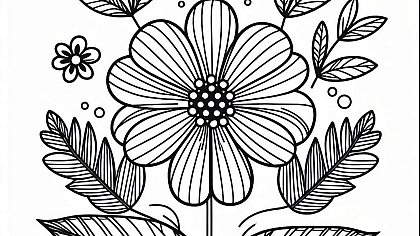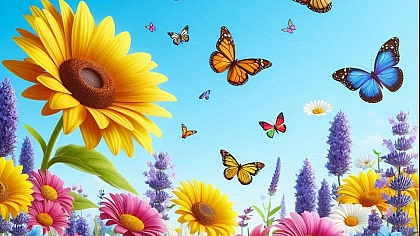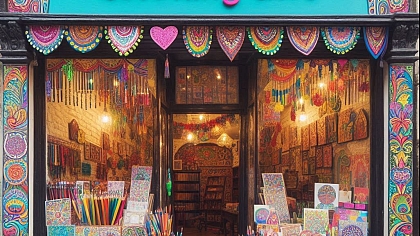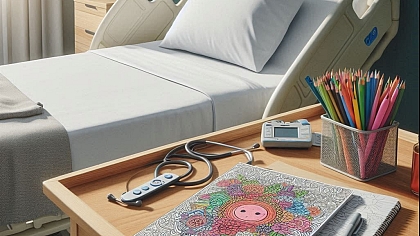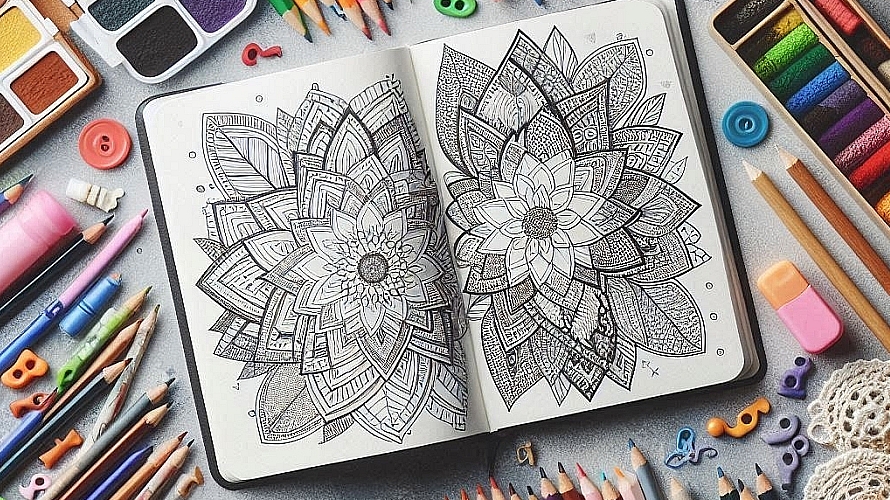
Choosing the Best Colouring Tools for Stunning Results
Colouring is an art that flourishes with the right tools. The richness of colour, the smoothness of blending, and the overall effect of a finished piece depend on the materials used. Every medium has its strengths, from the precision of coloured pencils to the bold strokes of markers and the soft, dreamy effects of pastels. Understanding how each tool interacts with paper allows for greater control, depth, and artistic expression.
The Beauty of Coloured Pencils
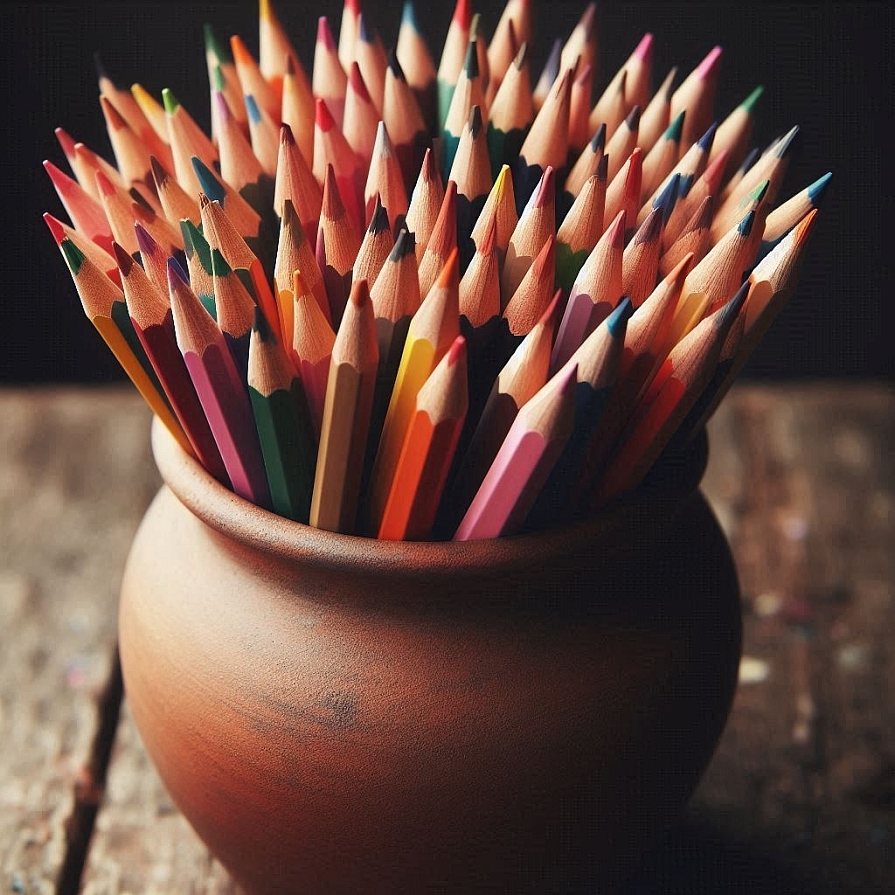
Coloured pencils are among the most popular tools for colourers, offering a balance of precision and artistic flexibility. The texture of the core determines how smoothly the pigment lays down and how well it blends with other colours. Softer pencils create richer, more vibrant layers, while harder pencils are ideal for intricate details.
Blending is one of the greatest advantages of coloured pencils. Layering light and dark tones creates depth and realism, while a colourless blender or gentle shading with lighter tones softens transitions. Some colourers prefer using a small amount of pressure to slowly build layers, while others opt for a burnishing technique, pressing firmly to create a polished, almost painterly finish.
The choice of paper is just as important as the pencils themselves. A smooth surface allows for crisp, clean lines, making it ideal for detailed work. Textured paper, on the other hand, holds pigment better and allows for deeper layering. Experimenting with different paper types can dramatically change the final look of a coloured piece.
The Flow of Watercolour Pencils
Watercolour pencils offer a blend of precision and fluidity, making them a versatile tool for those who enjoy both drawing and painting. When used dry, they behave like traditional coloured pencils, allowing for controlled strokes and shading. When activated with water, the pigments dissolve, creating soft, painterly effects.
The amount of water used determines the outcome. A barely damp brush keeps colours vibrant while softening harsh edges, whereas more water creates a delicate, transparent wash. To avoid over-saturating the paper, it helps to work in light layers and let each one dry before adding more.
Using watercolour paper prevents warping and helps pigments spread more evenly. Regular paper absorbs water too quickly, making blending more difficult. With the right surface, watercolour pencils can be used to create anything from gentle gradients to bold, expressive brushstrokes.
The Expressiveness of Gel Pens
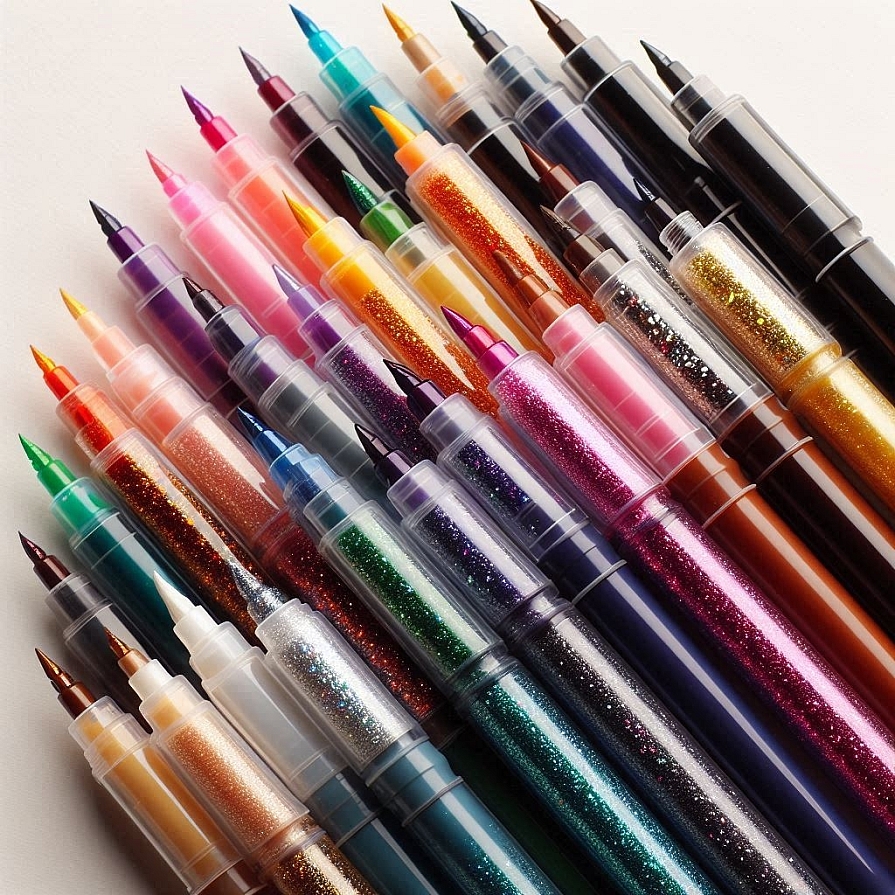
Gel pens bring a unique vibrancy to colouring, making them ideal for fine details, embellishments, and accents. Their smooth, opaque ink creates striking highlights and intricate patterns. Some colourers use them to enhance other mediums, adding delicate outlines or shimmering effects with metallic or glitter gel pens.
White gel pens are especially useful for creating highlights, reflections, and small decorative elements. A controlled hand is necessary to prevent smudging, as gel ink takes a few moments to dry. Storing them properly, with the tip facing downward, ensures a steady ink flow and prevents clogging.
The Softness of Pastels
Soft pastels are excellent for those who love rich, velvety colour transitions. Their powdery texture makes blending effortless, allowing for smooth gradients and soft, luminous effects. They can be smudged with fingertips, blending stumps, or soft brushes to create delicate variations in tone.
Pastels work best on textured paper, which helps the pigment adhere properly. Because they are so delicate, they need to be handled with care to prevent smudging. Using a fixative helps set the colour in place while preserving its intensity. With practice, pastels can be used to create breathtaking skies, glowing highlights, and deep, atmospheric shading.
The Brightness of Water-Based Markers
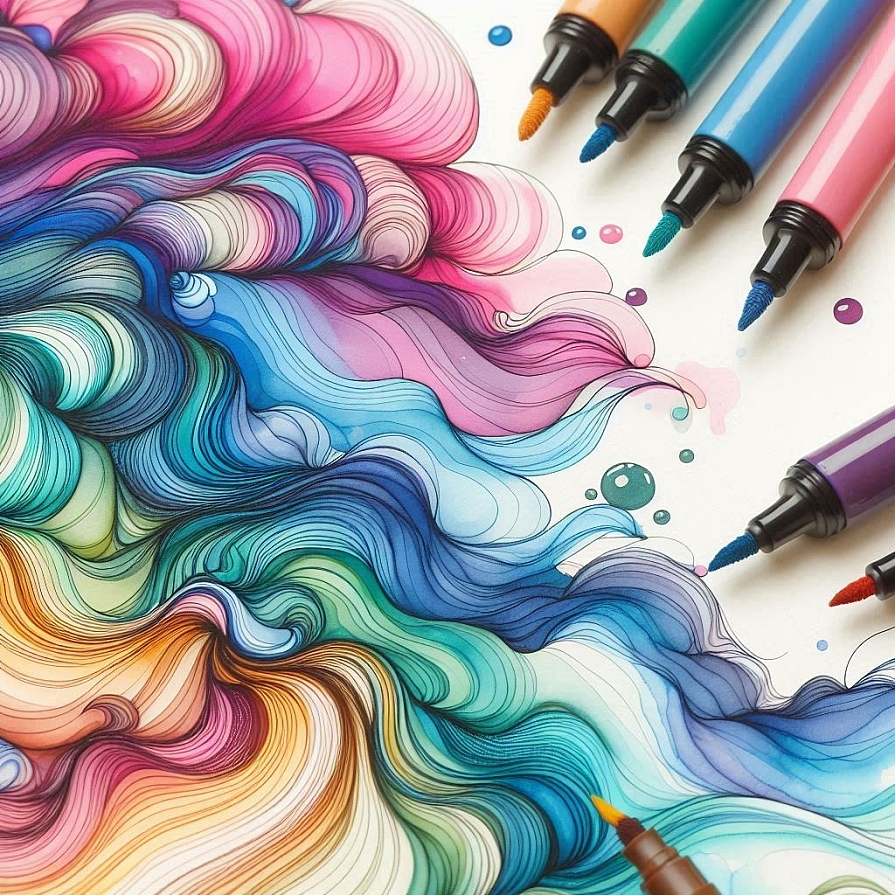
Water-based markers provide bold, saturated colours and are easy to control. They come in a variety of tip shapes, including fine tips for detailed work, brush tips for flexible strokes, and chisel tips for covering large areas.
Unlike other colouring tools, markers offer a smooth, even application without the need for layering. However, they require a careful hand to prevent streaking. Light, sweeping strokes help maintain consistency, while overlapping in controlled motions prevents uneven patches.
Blending with water-based markers takes patience and technique. Some brands offer blender pens that help soften edges, while others can be blended by layering similar shades together. A damp brush can also be used to spread pigment for a watercolour effect. Choosing thick, high-quality paper prevents the ink from bleeding through and ensures a smooth, polished look.
The Importance of Choosing the Right Paper
The type of paper used plays a significant role in how colours appear and behave. Thin paper may wrinkle or allow ink to bleed through, while heavier paper provides a sturdy surface for blending and layering.
For coloured pencils, a slight texture helps grip the pigment, making it easier to layer and shade. Smooth, coated paper is better suited for gel pens and markers, as it prevents ink from feathering. Watercolour paper is essential when working with watercolour pencils or water-based techniques, as it absorbs moisture without losing its shape.
Testing different paper types with various colouring tools reveals how each medium responds. A high-quality colouring book or sketchpad can make a dramatic difference in the final outcome, enhancing both the richness of colour and the ease of application.
The Power of Layering and Blending
Mastering the art of layering and blending can take any colouring piece to the next level. Gradually building up colours creates depth and realism, whether using pencils, pastels, or markers. Soft transitions between shades prevent harsh lines and give the artwork a smooth, polished appearance.
Blending can be achieved through different methods depending on the medium. Dry blending with coloured pencils involves layering multiple shades and softening the edges with a lighter colour. Water-based techniques use moisture to dissolve and spread pigments, creating softer effects. Pastels can be smudged with fingers or blending tools for an airy, dreamlike finish.
Understanding how colours interact helps create stunning results. Complementary colours enhance vibrancy, while analogous colours create harmony. Experimenting with colour combinations allows for unique and expressive artwork that reflects personal style.
Bringing it All Together

Choosing the best colouring tools depends on the desired effect and the comfort of the artist. Some prefer the precision and control of coloured pencils, while others enjoy the fluidity of watercolour pencils or the boldness of markers. Gel pens add detail and accents, while pastels provide soft, blended beauty. The right combination of tools, paper, and techniques makes all the difference in creating vibrant, expressive, and truly stunning coloured pieces.

